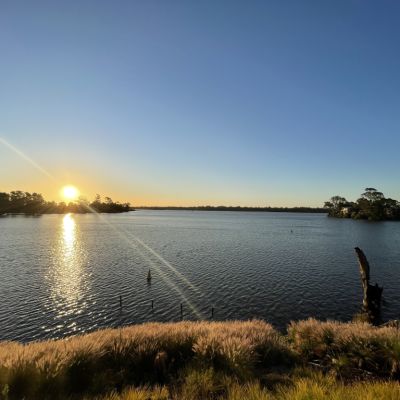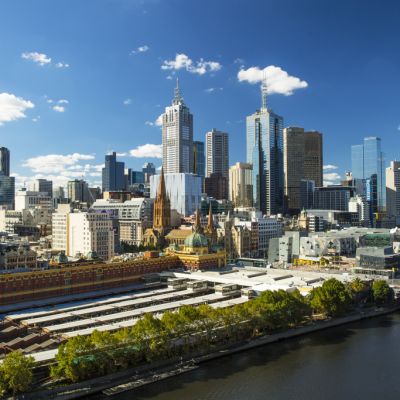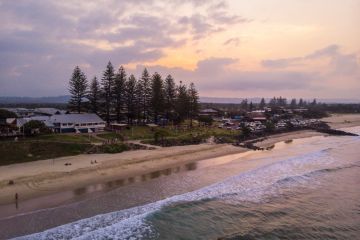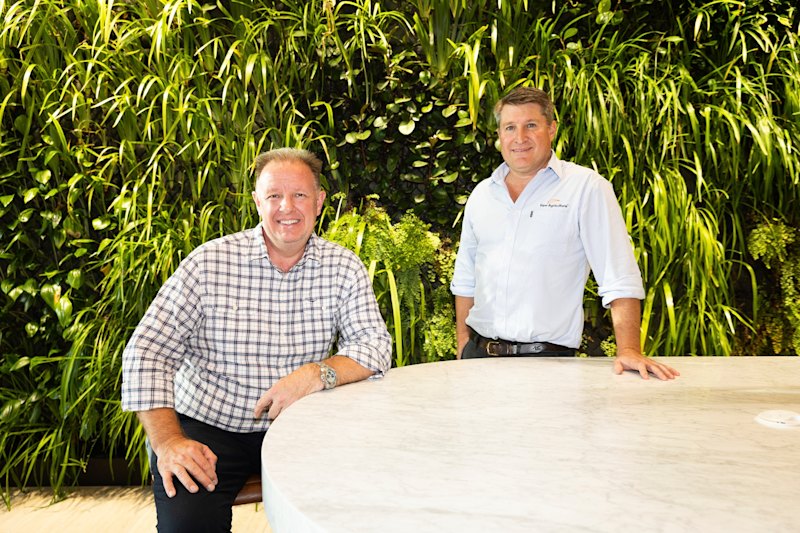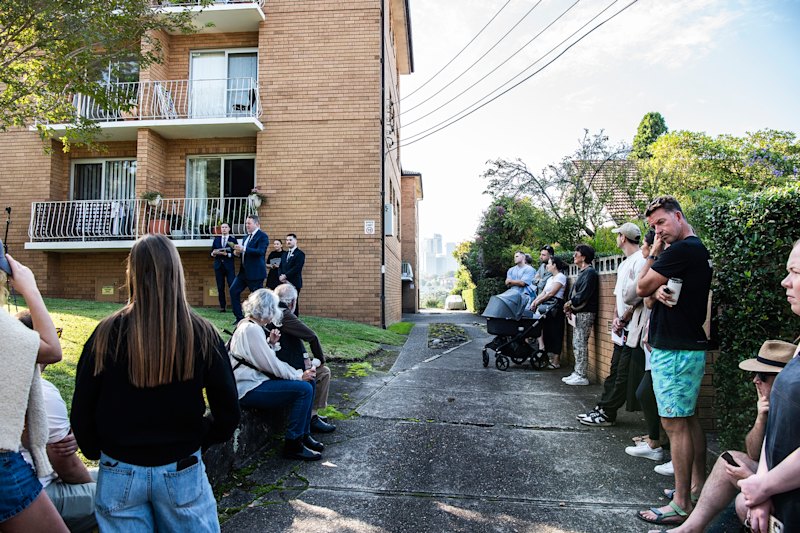The heritage ‘shock’ that came from staying at home during COVID-19
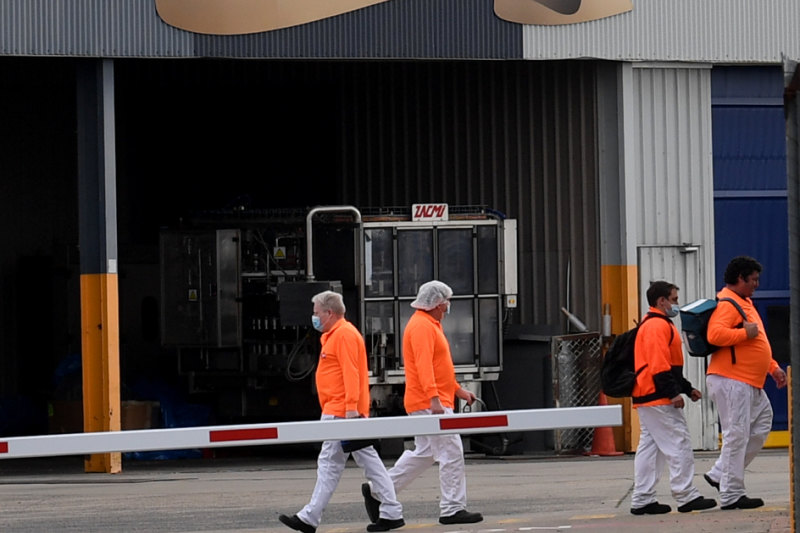
Locked-down Melburnians have been left “shocked” during COVID, when they’ve spent more time walking their neighbourhoods looking in detail at changes wrought on their built environments, the new chair of the Heritage Council of Victoria says.
Professor Philip Goad says that, because over the past decade Victoria, and particularly Melbourne, has experienced unprecedented growth at every level of the city – “including our sacred middle and inner suburbs” – people have been taken aback.
“They’re in shock, so to speak, with what has happened because of the [development] pressures, particularly along transport corridors where it makes sense to build apartments,” Professor Goad said. “But also, in the streets behind.”
“We’ve never seen anything like it … in the streets of ordinary California Bungalows, streets of Federation houses, in the streets of the industrial inner suburbs, we’re regretting the loss of beautiful houses and gardens, their tree canopies and the contexts,” he said.
“[When] 50, 60, 100-year-old houses are removed at the drop of a hat … so is their incredibly valuable tree canopy. It’s all inter-related. In the time of climate change, the trees should be valued for their positive benefits.”
Professor Goad, who was tapped on the shoulder to take the role with the Heritage Council of Victoria, is also chairman of Melbourne University’s architecture faculty and co-author of the monumental Encyclopaedia of Australian Architecture, giving him a unique perspective of Melbourne’s heritage.
“Melbourne is an exciting place. But how do we manage it without it becoming unmarvellous Melbourne? We have to pause the rate of change,” he said.
His new role will focus not just on Melbourne, but on heritage across Victoria, overseeing changes to important buildings, special landscapes, shipwrecks, artefacts and he hopes, places of memory.
“Memories are invaluable. We can’t keep every kinder and tennis club. But if we’re going to lose things, such as [in the 2020 bushfires] the trestle bridges and fire towers of Gippsland, we need to be able to review what we’ve lost,” Professor Goad said.
“It’s good to understand that there are also places where there is no physical fabric. Places like massacre sites, or a place where a big demonstration was held against war.”
He also wants a stronger connection with Aboriginal heritage groups to tell more inclusive stories.
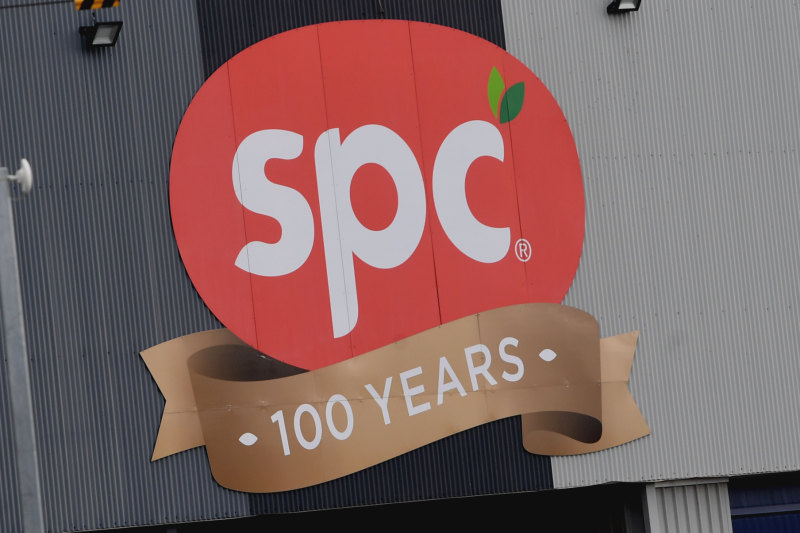
“We need to be prepared to tell the difficult as well as the heroic stories,” Professor Goad said.
While a lot of the Heritage Council of Victoria’s publicised activity has been about winning and losing heritage battles, Professor Goad wants to widen the focus to heritage that survives in the regions.
“When we were allowed out we made trips into country Victoria,” he said. “I was recently in Shepparton and I thought ‘Oh there are little moments in Shepparton that are pretty good, that are pretty nice’.
“Places we’ve taken for granted, like the SPC cannery, that has quite extensive buildings and that is part of Shepparton’s character,” he said.
“Regional Victorian heritage is one of the blind spots in our listings and I’m excited to think we could uncover more about it.”
He also hopes to lessen the shock for people living in the suburbs by encouraging Melbourne’s local councils to liaise more closely across the boundaries, update their sometimes-outdated heritage listings and by inspiring greater appreciation of the era beyond mid-century modernism.
“Somehow we’ve got to come to love (buildings) of the ’70s and ’80s,” Professor Goad said.
We recommend
We thought you might like
States
Capital Cities
Capital Cities - Rentals
Popular Areas
Allhomes
More
